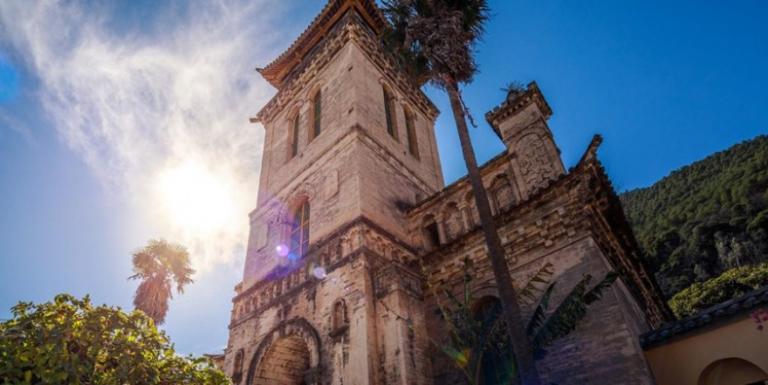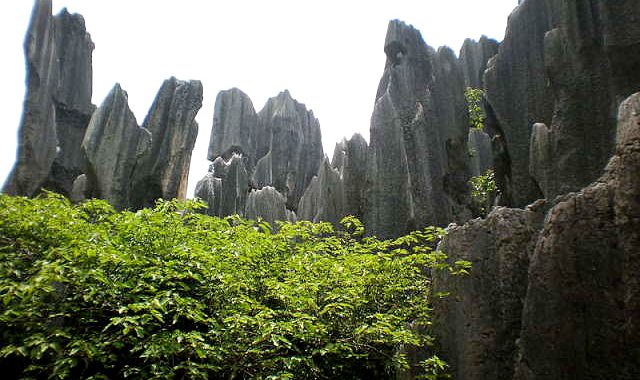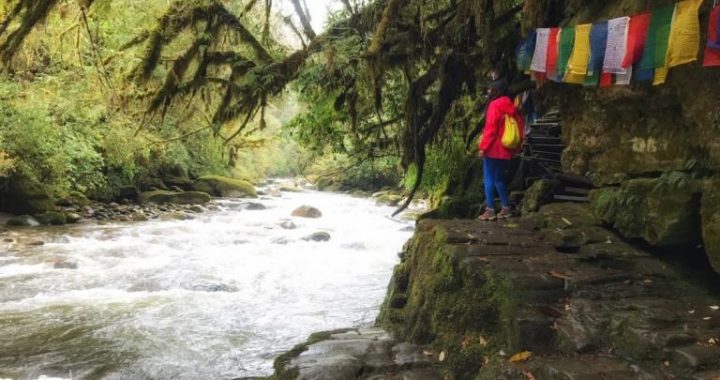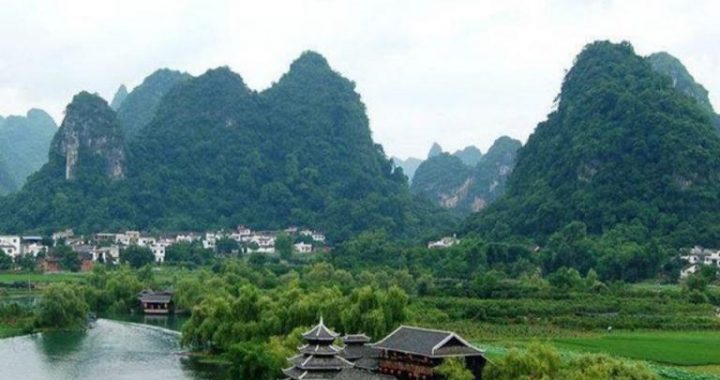Shangri-La’s place of worship
3 min readCizhong Church, Deqin County
One of the most important outposts of the Paris Foreign Missions Society was this church in Cizhong village, which ministered to Tibetans along this segment of the Lancang River valley. The Mission’s church was relocated to Cizhong in 1905 from Ciku, the next village downriver, after Tibetan Buddhist lamas(monks) destroyed it and murdered its two missionaries.Buddhist leaders saw the French as spiritual competitors and went on a rampage across the region. The plant collector George Forrest vividly recounted the June 1905 incident at Ciku. He was staying at the mision when the attack occurred and barely managed to escape after a harrowing eight-day chase downriver.Francis Gore was vicar of the Cizhong Church from 1931 to 1952, following postings in Tibet and Sichuan dating back to 1908. The church he presided over for two decades is nearly the same today as it was then, including banana plants framing the front entrance. Most religious buildings in China were destroyed during the Cultural Revolution in the mid-1960s.The church was turned into a school during that time, but it is still surprising that such a grand religious symbol survived, especially one representing foreign colonialism.
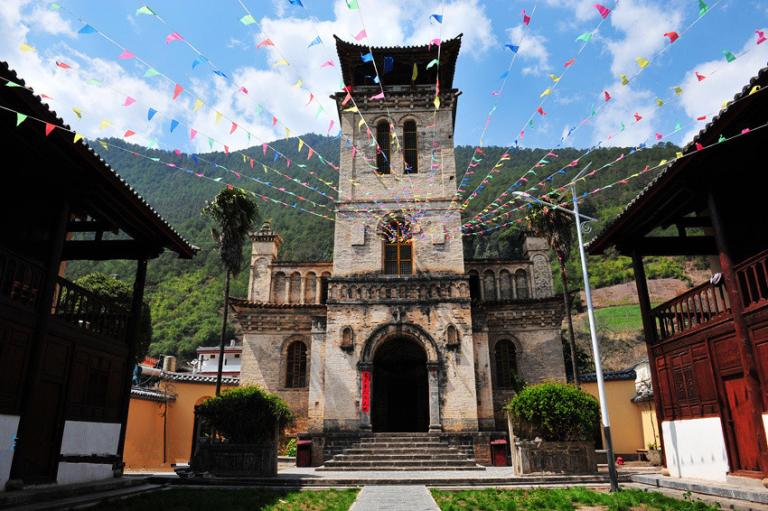
Cizhong Church,Deqin County
Like its exterior, the inside of the Cizhong Church is remarkably unchanged from the 1930s. There is still an active congregation that maintains it, although Buddhism also has a large presence in this mostly Tibetan village. Today it appears that the Catholic influence does not extend much beyond Cizhong village and only to Tibetans. As mentioned earlier, Naxi seem especially resistant to conversion. Joseph Rock traveled through Cizhong in 1923 and met Pere Ouvrard, who spent most of his life as a Catholic priest in the area and built the Cizhong Church in 1905. As told to Rock, maybe jokingly, Ouvrard found it easier to convert a Tibetan lama than any of the Naxi laymen in the area, of whom he had not a single convert.
Baihanluo Church, Gongshan County
Joseph Rock called the French Catholic Church at Baihanluo “one of the loneliest Mision outposts imaginable.”The small village and church compound are perched on a mountainside in the Nu River valley where no downriver caravan routes linked it with population centers in central Yunnan. At thetime, the only way in and out of the village was a two-day trip to Cizhong in the Lancang valley over a pass called Sila . When that route became impasable for five months every year due to snow, the Baihanluo mision was completely isolated from the rest of the world. Ministering to a small population of Nu at the time, it was sandwiched between hostile Tibetans to the north and equally unfriendly Lisu to the south. In fact, the lamas at Changputong Monastery had twice burned the Baihanluo church, the last time in 1905. It was rebuilt each time; the building Rock photographed in 1923 is the same one remaining today.Despite this isolation, many early Western explorers came through Baihanluo and rested at the mission, including Frank Kingdon-Ward, Heinrich Handel-Mazzetti, and Joseph Rock. During the early 20th century, Baihanluo was primarily a Nu village, comprising 18 houses. Most early visitors do not mention any Tibetans being present, except Handel-Mazzetti, who mentions a few that had recently moved there from the Lancang valley. Today, the village comprises 74 households(with 350 people) and is almost entirely Tibetan. Most families claim roots over the mountains in the Cizhong area of the Lancang River valley.
